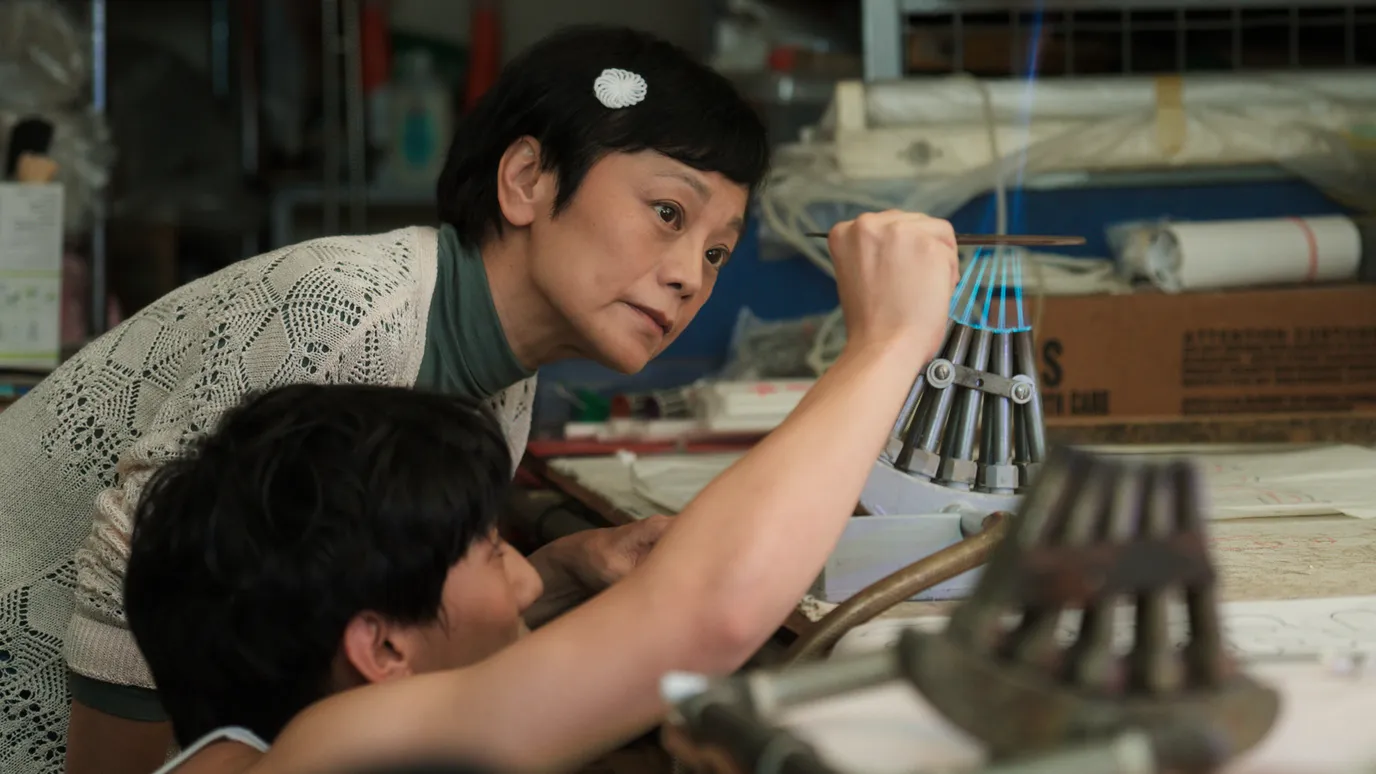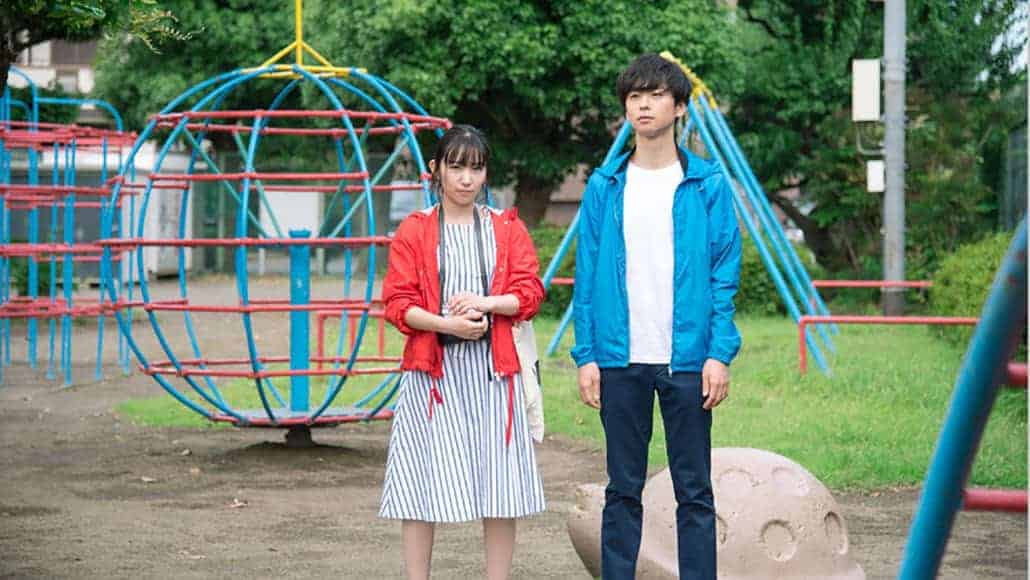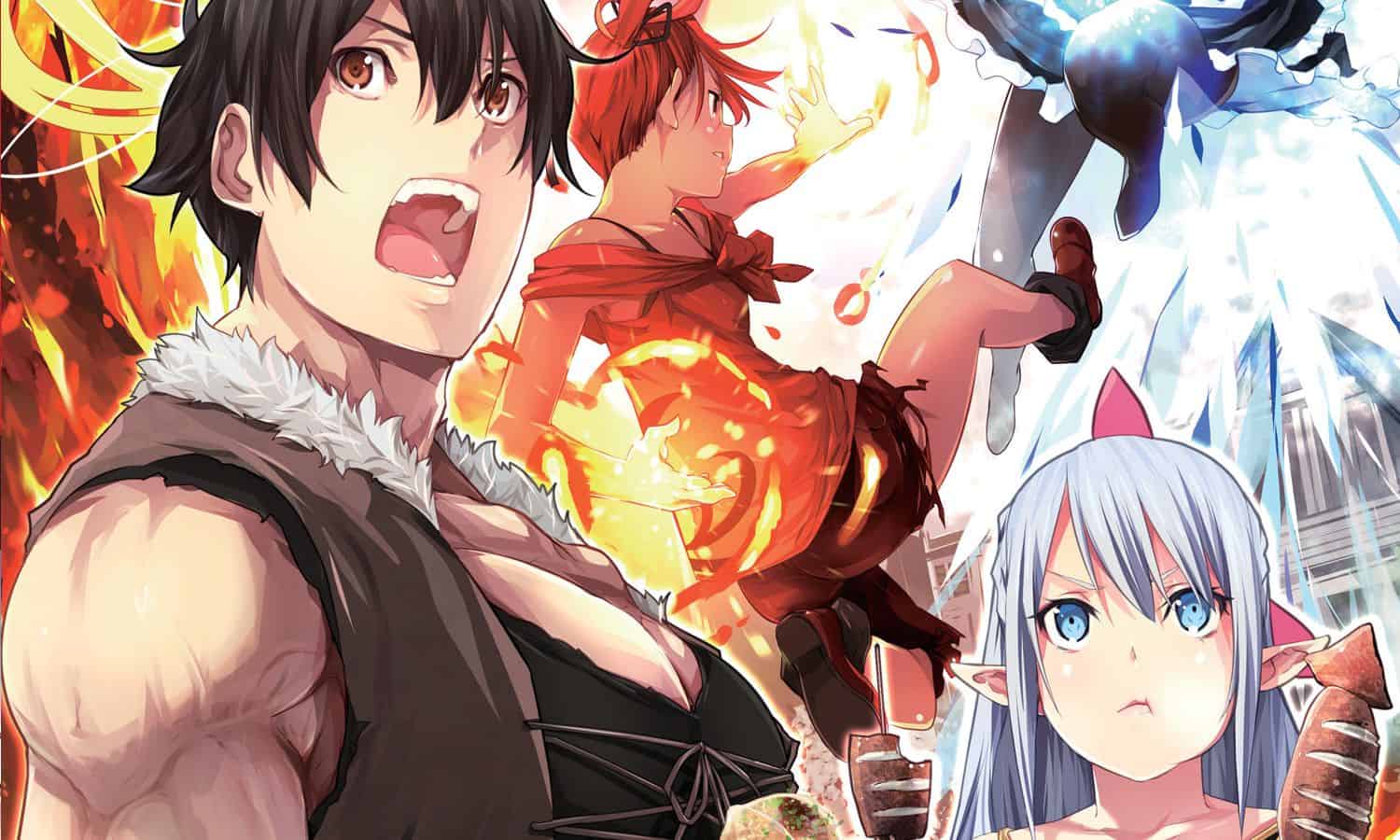The “Godzilla” franchise is one of the most successful long-running film series out there. The iconic monster has gone down in cinema history as a metaphor for the horrors of nuclear warfare. However, the truth is that the quality of the franchise varies. The original “Godzilla,” directed by Ishiro Honda, is a brilliant piece of sci-fi filmmaking, and Hideaki Anno's witty gem “Shin Godzilla” is a superbly written political thriller. Yet, features like “Destroy All Monsters” and the later Heisei entries of the 1990s show the unfortunate trend of repeated formulas that quickly becomes old and shoddy filmmaking that is a chore to watch. Not to mention, all of the American “Godzilla” projects have been misfires. Following the underwhelming finale feature “Godzilla vs. Destoroyah” and the poor 1998 American reboot, Toho would kickstart the experimental Millennium series. Things would start solid with “Godzilla 2000: Millennium” but lose momentum with “Godzilla vs. Megaguirus.” The entry to follow, though, would reinstate the fact that the “Godzilla” franchise is capable of great filmmaking and creativity with Shusuke Kaneko's highly entertaining monster mash “Godzilla, Mothra and King Ghidorah: Giant Monsters All-Out Attack.
Following the completion of his terrific Heisei “Gamera” trilogy, Kaneko would get the opportunity to direct a “Godzilla” project. The ambitious feature would reinstate the themes of the 1954 classic with an anti-war message and a critical examination of ultra-nationalism in Japan. Not only that, it would be a direct sequel to the original “Godzilla.” Mixed in with all this are fantastical yokai elements. Besides the titular King of the Monsters, the film would feature a unique roster of kaiju with Baragon, Anguirus, and Varan. Ultimately, Toho would heavily compromise Kaneko's vision. Along with this, Baragon would be kept, but the other two monsters would be replaced with the more popular Mothra and King Ghidorah. More behind-the-scenes stories on the making of “GMK” are greatly detailed in Norman England's book “Behind the Kaiju Curtain: A Journey Onto Japan's Biggest Film Sets.” Even with the movie's quality, it would have been nice to see the original vision before changes were implemented. Despite all this, “GMK: Giant Monsters All-Out Attack” would go on to be a money maker and become a fan favorite among tokusatsu enthusiasts.
Decades have passed since the creature known as Godzilla attacked Japan back in 1954. The monster has almost become an urban legend in society. Strange events begin taking place for Admiral Taizo Tachibana and the rest of the Japanese Self Defense Force when submarines go missing and sightings of a giant beast are reported. While this is going on, a pseudo-documentary production company run by the Admiral's daughter Yuri Tachibana is in the midst of their latest production, and strange events, including earthquakes and the appearance of a mysterious old man, start taking place. The mysterious individual preaches that the guardian creatures need to awaken as destruction is coming. The country is purged into chaos when a new Godzilla appears and begins wreaking havoc across Japan; along with this, three monsters known as Baragon, Mothra, and King Ghidorah appear to battle this resurrected and nearly indestructible form of the King of the Monsters. Folklore is explored, the country's dark past during World War II is confronted, along with what is in store for the future generation.
Shusuke Kaneko implements his excellent directing skills to weave a compelling narrative with characters worth caring about and unique mythology that the franchise hadn't experienced. The movie is quite dark and even eerie with its horror-film-inspired direction. Yet, it is also super entertaining, even funny at times, including a humorous jab at the 1998 American remake. Balanced out with this is the feature being thematically powerful. A ton of Kaneko's initial ideas may have been compromised content-wise, yet much remains from the original vision with what the feature stands for with its bold topics handled in the storytelling. The anti-war message Honda stood by is reinstated here in full force, topped with the screenplay's critical examination of ultra-nationalism and Japan forgetting about the horrifying history of the Second World War. This brilliantly comes into play with the depiction of Godzilla being a creature possessed by the vengeful forgotten souls of those who died during World War II. Despite all the chaos onscreen, Kaneko succeeds in having his project stand by an effective pacificist nature of not forgetting past mistakes and working towards a better future.
The human cast of “GMK” is solid and one of the movie's strongest components. They are likable, and everyone does a fine job in their roles. Chiharu Niiyama is charming as Yuri Tachibana and balances out being funny with being serious at the right moments, especially in the climax. Her close friend Teruaki Takeda is played well by Masahiro Kobayashi, who nails it at showing concern for Yuri whenever she is in a dangerous scenario. Appearing in his final major acting role, Hideyo Amamoto is excellent as the mysterious prophet figure, Professor Hirotoshi Isayama, whose eerie presence adds immense weight to the atmosphere. The best character in the film is SDF Admiral Taizo Tachibana, played terrifically by Ryudo Uzaki. He captures the role of a man who is headstrong and brave but has a soft side and is shown to be a good father to the lead protagonist. The various supporting players also deliver commendable work, with appearances from talents such as Shiro Sano, Hiroyuki Watanabe, Takashi Nishina, Kaho Minami, Masahiko Tsugawa, and Tomoe Shinohara. The suit performers also deserve praise, especially Mizuho Yoshida's aggressive portrayal of Godzilla and Rie Ota's enduring representation of Baragon.
The monsters are memorable, feeling like yokai out of Japanese folklore. In one of his strongest depictions in the series, the King of the Monsters is a force to be reckoned with. Godzilla is depicted in perhaps his most blatantly evil interpretation, with him intentionally attacking people and causing destruction. However, he is also shown to be intelligent and a thinking creature, even displaying a sadistic grin at one point. Baragon makes a long welcome return since his appearance in “Frankenstein vs. Baragon.” Here, he works well as a guardian creature doing everything in its power to battle this destructive force yet ultimately being outmatched. The renditions of the other two guardians are also great. Mothra is shown as a mystical force of nature, and the insect element is also explored. Finally, King Ghidorah makes a welcome return in his best appearance in years, as a hero no less and a monster continually evolving in power.
“GMK” showcases great special effects work directed by Makoto Kamiya. All the monsters are wonderfully designed, with Godzilla's design being the highlight, being both terrifying and mystical. The suitmation is terrific, the miniature work is outstanding, and the monster action is exceptional. Fantastic animatronic work is also on display, with Godzilla and Baragon being rather expressional, adding realism to these creatures that are merely actors in costumes. The one fault in the production values is the inconsistent CGI, with some shots looking decent such as King Ghidorah's evolution, and others looking extremely poor such as some shots of JSDF boats. Thankfully, these moments do not hinder the production values entirely. The monster beams are thankfully well animated and visually pleasing, with Godzilla's atomic breath being super destructive here. The movie is aesthetically pleasing with good cinematography and fantastic art direction, which is certainly a major step up from the subpar cinematography of many previous entries beforehand. With all of this, Kow Otani composes an amazing music score that gives the film a ton of atmosphere.
Despite a complicated production history, “GMK: Giant Monsters All-Out Attack” is a terrific entry in the “Godzilla” series and showcases Shusuke Kaneko's talent as a filmmaker. The film is imaginative, visually remarkable, and displays some of the better storytelling of the franchise. Except for “Godzilla Against Mechagodzilla” and “Shin Godzilla,” many features in the years to follow that feature the King of the Monsters would fail to accomplish this quality filmmaking again. Perhaps the reality is that a top-tier “Godzilla” movie is merely a special occasion that takes place once in a while. When that occasion occurs, though, it is a rewarding experience.

















